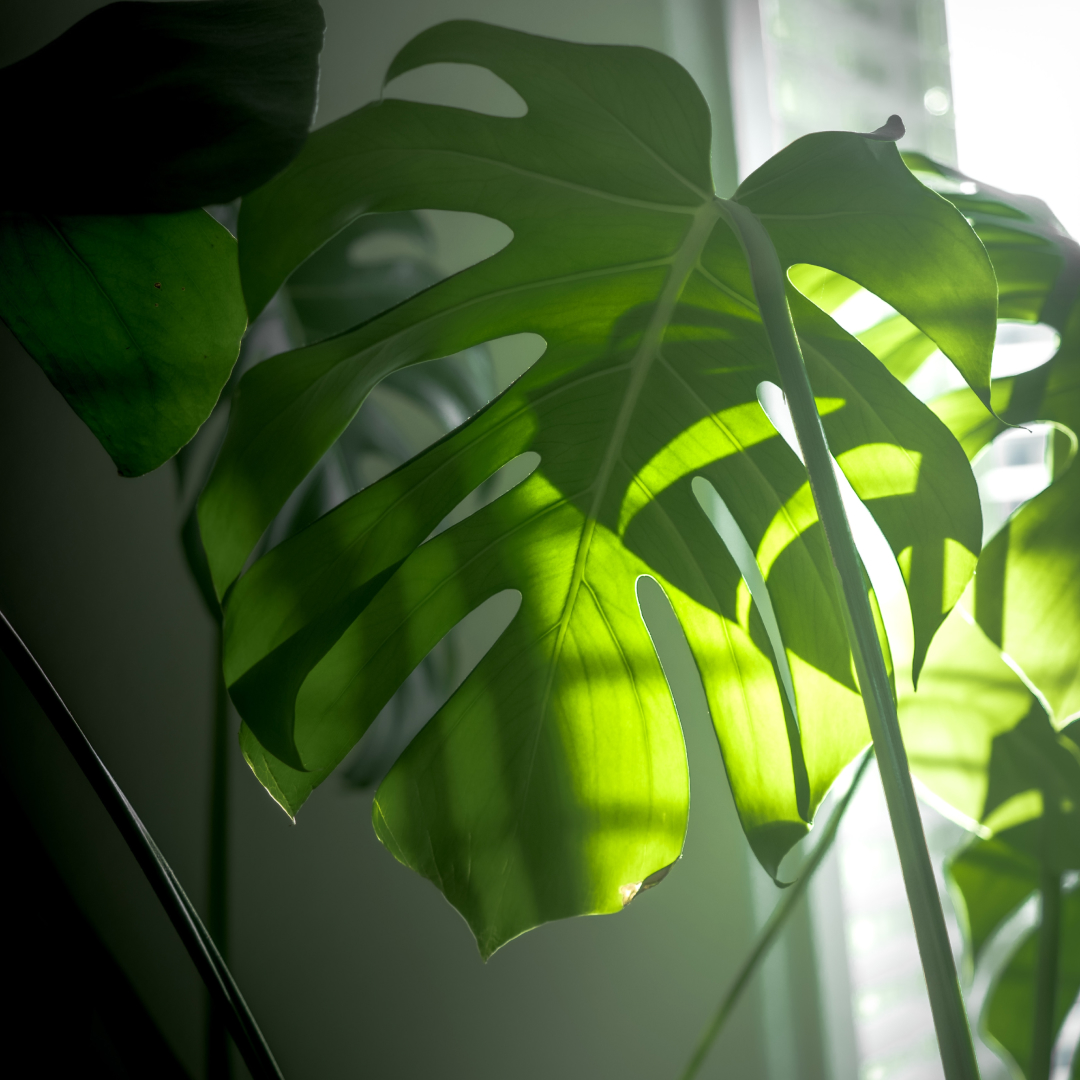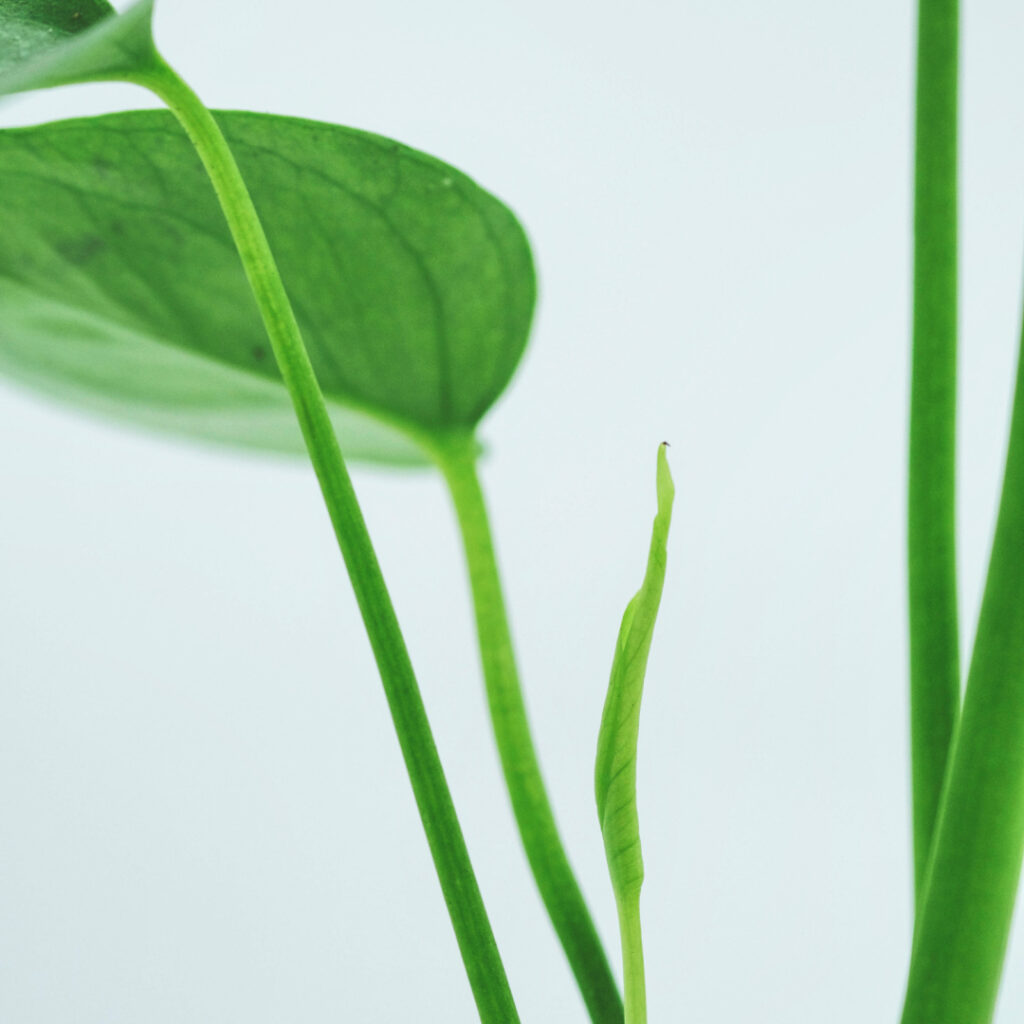
Introduction
The Monstera deliciosa, also known as the Swiss Cheese Plant, is one of the most popular indoor plants and is a staple in Instagram and hipster homes. It is also a favorite of the FYTA Community – and for good reason. With its large, sprawling leaves, it gives any room a jungle feel and is also a fairly undemanding housemate. In this article, you will learn everything you need to know about the Monstera deliciosa, from optimal growing conditions to propagation and care.
Origin and Cultural History
The Monstera Deliciosa is a climbing plant that can grow up to 20 meters high. It is originally from the rainforests of Mexico and Guatemala.
The French botanist Charles Plumier first described the Monstera Deliciosa in 1693. Plumier was one of many botanists who were exploring the newly accessible tropics at the time. He published a report on his travels in the Caribbean, which included illustrations of the strange growth and spectacular leaves of tropical plants. Plumier described the Monstera Deliciosa as a climbing Araceae (ivy-like) with large, perforated leaves. These abnormal leaves (Monstera means „strange“ in Latin) eventually inspired the Danish botanist Frederik Liebmann to name the plant.




During the 19th century, people recognized the scientific and financial value of tropical plants. With the introduction of the Wardian case, a weather- and pollution-proof box that allowed plants to survive sea voyages, everything changed. Commercial plant collectors began exporting tropical plants for private collections and trade. They found their way into commercial cultivation and soon thereafter into the whole world.
The Monstera Deliciosa is not just a decorative plant, but also a source of food. In its advanced age, the Monstera develops flowers and fruits that are edible and have a unique flavor that is often compared to pineapple. For this reason, it is often referred to as the Swiss Cheese Plant.
Bio-Quirks
- The Monstera plant has holes in its large leaves for a good reason: to withstand heavy rain and wind. The holes allow the elements to pass through, preventing any damage to the leaves. These holes also ensure that the underlying plant bodies receive sufficient light supply.
- A Monstera leaf cannot develop additional holes during its entire lifespan. Monstera plants typically begin to develop holes only from the age of 1-2 years.
- The Monstera is a hemiepiphyte, which means it lives partially on another plant. Baby Monsteras begin their growth on the ground like other plants. In search of light, they often find a tree trunk to climb up to get more sunlight. From this point on, the Monstera begins to develop its characteristic aerial roots, which it needs to „dock“ to the host plant and extract nutrients and water from the environment. And now it gets interesting! Sometimes the Monstera is so eager to reach the sun that it ignores its actual roots and loses its connection to the ground. It then really lives as an air plant, extracting nutrients and water from the environment instead of the soil. However, this only happens in a fertile and humid climate, such as in the rainforest. In fact, the Monstera can later decide to re-establish contact with the ground with its aerial roots. Pretty cool, right?




Info Box: Aerial Roots
Monstera plants develop aerial roots in nature to climb up trees and obtain water and nutrients from the air. As the plant grows larger and older, it develops more aerial roots. The same can happen with Monstera plants that have been kept at home for a few years. In some cases, these aerial roots can become a jungle.
New aerial roots of your Monstera will start out light and become stronger and brown over time. It is normal for the outer layer of the aerial root to come off when it becomes thicker. However, you should not cut the aerial roots of your Monstera as they play an important role in your plant’s nutrition and support. Cutting them can weaken and damage your Monstera.
If an aerial root of your Monstera dries out and dies, you can cut it at the base. Make sure to use a clean and sharp, preferably disinfected, knife or scissors to prevent germs from entering the plant.
If the aerial roots of your Monstera become too long or get in the way, you can trim them to a suitable length while preserving their function. Redirecting them to grow into the soil is also an option, as some aerial roots of Monstera plants in the wild do the same. Once they reach the soil, they branch out and absorb more water and nutrients for the plant.

Optimal Location
The Monstera Deliciosa prefers a bright location without direct sunlight. A semi-shady spot is also ok, but the plant cannot tolerate much darkness. The ideal room temperature is between 18 and 24 degrees Celsius. The Monstera requires a high humidity of around 60%, which makes it an ideal plant for bathrooms (provided there is sufficient light).
Care Tips
The Monstera Deliciosa is a plant that is relatively easy to maintain, but it requires consistent watering. It’s crucial to avoid overwatering.
Spring-Summer: Once a week, check if the upper layer of soil (approximately 2-3 cm) is dry. You can test this by inserting your finger into the soil. If the soil is dry, you can water the Monstera (use about ¼ of the pot volume). If you’re not sure, wait a bit longer. The Monstera prefers the soil to be slightly dry between watering.
Autumn-Winter: During the winter months, you don’t need to water the Monstera as frequently. However, check every 7-10 days if it requires watering.
In spring and summer, you should fertilize the Monstera every 4 weeks with liquid fertilizer.
The Monstera has large leaves that attract a lot of dust, which is not good for it. Regularly spray the leaves or gently wipe them down with a damp cloth.
Propagation
The Monstera Deliciosa is easily propagated by cuttings:
- Choose a healthy shoot with at least one leaf.
- Cut the shoot with a clean pair of scissors or a sharp knife.
- Remove the lower leaves of the shoot, leaving only the upper leaves.
- Fill a glass or vase with water.
- Insert the shoot into the water.
- Place the cutting in a warm, bright place, but not directly in the sun.
- Keep the cutting moist by changing the water regularly or by misting it.
- After a few weeks, roots will form, and you can transplant the cutting into a larger pot.
Common Diseases and Their Prevention
Brown, withered leaf tips indicate dryness stress or sunburn. To remedy this, rinse the Monstera once with lukewarm water. Check the location and provide a bit more humidity.
Yellow, partly black leaves are a sign of overwatering. Check the plant for waterlogging. If the leaves are only yellow, it could also be a sign of over-fertilization.
Fully grown leaves without holes are often a symptom of too little light. Place the plant in a brighter spot.
Most common pests: spider mites, scale insects, and mealybugs. To prevent this, the plant should be sprayed regularly with Neem oil. Also, wipe the leaves with a damp cloth more frequently. In general, higher humidity (around 60%) helps to repel pests.
Round brown spots with a border on leaves indicate leaf spot disease.






